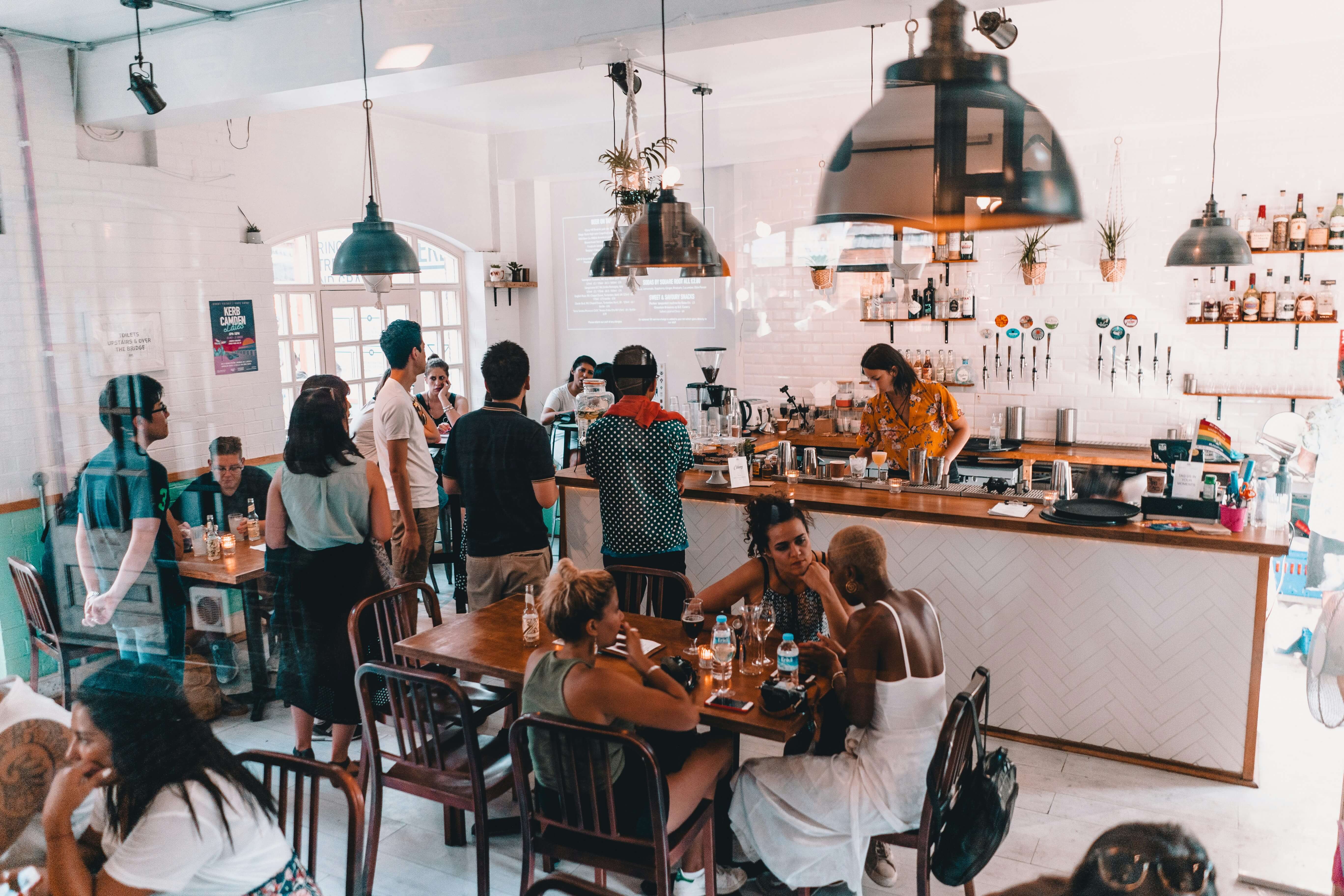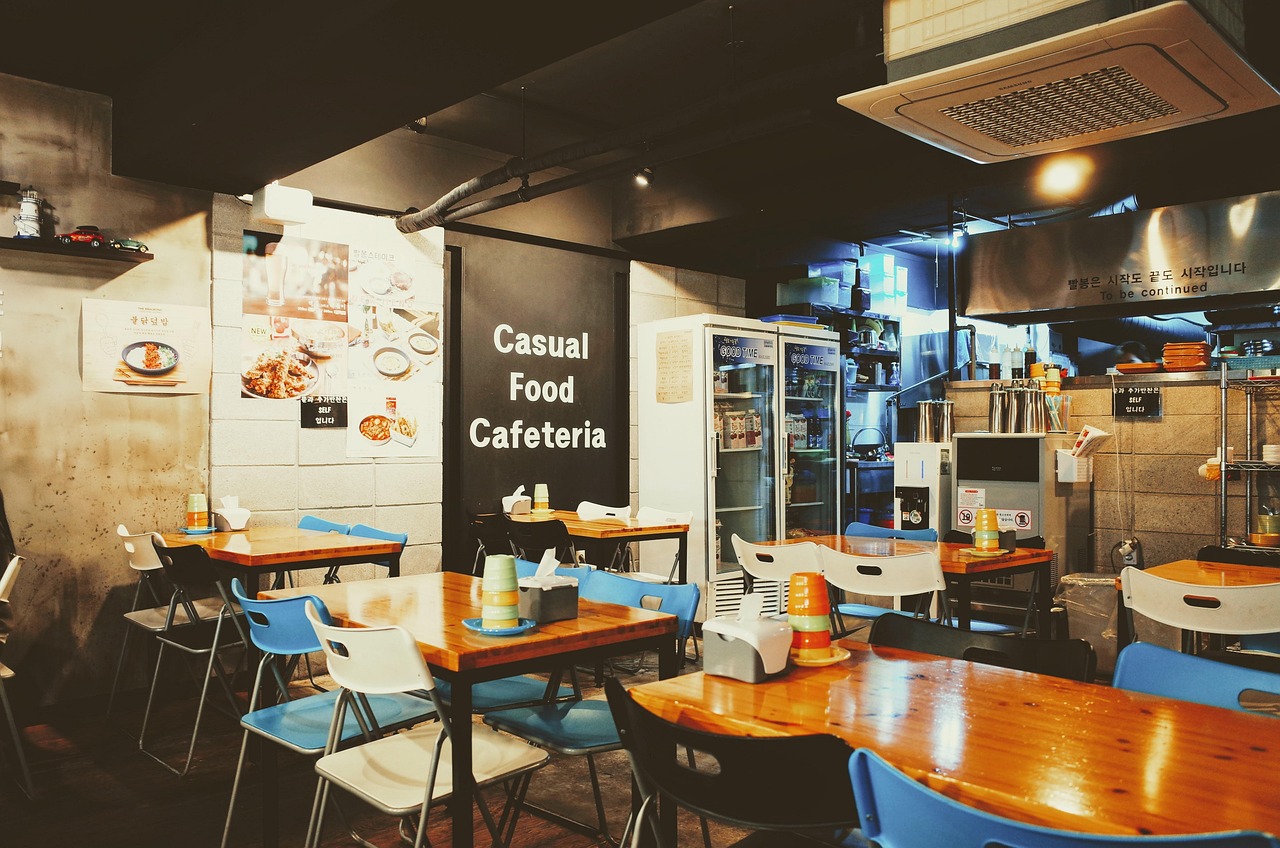How to reduce walkouts with upfront payments
Reduce walkouts and boost revenue by accepting upfront payments. For faster transactions and happier customers, get the latest with Dojo.
Ever wondered how to keep a restaurant running smoothly without the worry of unpaid bills? Discover the future of dining, where customers pay upfront, allowing hospitality businesses to focus on what matters most. Let's explore how upfront payments can transform a business, reduce dine-and-dash incidents, and ensure the establishment operates efficiently.
In this guide we’ll cover:
- What is an upfront payment?
- Upfront payment example
- What is dine and dash?
- How common is dine and dash?
- Why do people dine and dash?
- How to prevent dine and dash and reduce restaurant walkouts
- Pay upfront technology
- What to do if a customer dines and dashes
What are upfront payments in the UK?
To define ‘upfront payment’, think of it as a transaction where the customer pays for goods or services before receiving them. This practice is gaining popularity in restaurants, cafes, and bars, ensuring the business gets paid upfront for reducing the risk of walkouts and unpaid bills.
By embracing this model, hospitality businesses can streamline operations and improve the dining experience for customers and staff. But what exactly does an upfront payment look like in practice?
Upfront payment example: ensuring payment before service
An upfront payment system can transform the way a restaurant handles transactions. Here are two common examples:
- Pre-payment for reservations: When customers make a reservation, they pay for their meal in advance. This approach ensures the restaurant secures revenue ahead of time and significantly reduces the likelihood of no-shows.
- Counter service payments: In a more casual dining setup, customers place their orders and pay at the counter before taking a seat. This method guarantees payment before the meal is enjoyed, streamlining operations and minimising the risk of unpaid bills.
What is dine and dash? The not-so-gracious exit strategy
Dine and dash is when customers leave the restaurant without paying for their meal. These unexpected walkouts can be a challenge but are manageable with the right strategies.
Whether it’s a bustling enterprise or a small business, a few clever strategies can help navigate these challenges and keep operations running smoothly.
Dash stats: how common is dine and dash?
The exact frequency of dine-and-dash incidents is tough to determine due to limited official statistics. However, reports suggest these occurrences are on the rise. The latest figures from trade body UKHospitality found that a third of operators have recently experienced an incident of ‘dine and dash’ and of those affected, 29% say the frequency of incidents has increased compared to the previous year.¹
Dine and dash diaries: why do people do it?
To start, thrill-seekers might leave a restaurant without paying for the adrenaline rush. The excitement of sneaking out undetected can be tempting, especially for younger crowds.
Others might see it as a way to cut costs during tough financial times. Recent economic challenges have made everyone feel the pinch, leading some to resort to desperate measures.
Crowded restaurants, especially during peak hours, provide the perfect cover for those looking to slip away. Busy staff and a bustling environment make it easier for people to blend into the crowd and escape unnoticed.
Interestingly, a study found that long waiting times for the bill contribute significantly to restaurant walkouts. In fact, 25% of patrons admitted they would consider leaving a restaurant without paying if they had to wait longer than 30 minutes.¹
Prevent dine and dash and reduce walkouts
Dine, dash-proof, and delight with smart payments
- Quick, contactless payments: Customers can tap and go. With contactless payments, they can pay in seconds. This method cuts wait times and keeps lines moving.
- Mobile payment apps: Using apps like Apple Pay, Google Wallet, and Samsung Pay, payments are faster and more secure than ever before.
- Pay at table solutions: With table-side payment devices, customers can pay at the table quickly, including via QR code. No more waiting for the server to bring the bill and take the payment. It’s convenient and helps reduce dine and dash incidents.
- Payment links: Send payment links directly to customers' phones or emails. This allows patrons to pay remotely and securely before arriving at the restaurant. It’s perfect for takeout orders, reservations, and large groups.
- Integrated POS systems: Connect orders and payments seamlessly with an integrated point-of-sale system. This reduces errors, speeds up the process, and makes life easier for both staff and customers.
- Split payment options: Group dining is streamlined with split payment options, eliminating the need for cash and cards. Each guest can seamlessly pay their share, ensuring an efficient and smooth dining experience.
With us at Dojo, you can offer your customers flexible ways to split the bill – whether it's paying the full amount, splitting it equally, or setting custom amounts.
Pay upfront technology: no delays, just instant paydays
- Pre-pay at the counter: Customers can pre-pay at a counter before they get their food. This approach, popular in fast food and casual spots, can work wonders in traditional restaurants too. Businesses can hand out table numbers to patrons and serve meals once they’re ready.
- Pre-authorised credit cards: Businesses can hold credit cards on file for big reservations to cut down on walk-outs. This method is especially helpful for large groups.
- Pre-authorised tabs: Regulars can enjoy their meal without the hassle of paying each time.
Advance payment technology: jumpstart the cash flow
- Advance payment for reservations: Businesses can ask customers to pay a deposit or the full amount when they make a reservation. This ensures that you secure revenue upfront and reduces the chances of no-shows. It also makes the payment process quicker when they arrive.
- Use online ordering and pre-payment: Customers can place orders and pay online before arriving at the restaurant. This method guarantees payment and speeds up service, as meals can be prepared and ready when customers walk in.
- Offer meal plans or subscriptions: Restaurants can offer meal plans or subscription services where they pay in advance for a set number of meals or visits. This model not only secures upfront revenue but also encourages repeat business.
Upfront payment vs advance payment: it’s all about timing
What is the difference between upfront payment and advance payment?
Upfront payments are made right at the start, securing your service or product instantly. Advance payments, on the other hand, are made ahead of time, usually just before delivery.
The key difference lies in the timing. Upfront payments give immediate assurance, while advance payments provide a bit more flexibility.
When a customer ‘dine and dashes’: what now?
Step 1: Stay calm and alert the team
Training your staff on how to handle walkouts is crucial. Make sure they have clear instructions on what to do, how to escalate the issue effectively and respond quickly. Avoid panic and inform the rest of the team and the on-shift manager immediately.
Be sure to note the customer’s appearance, their order, and the time they left. Confirm with other servers that the bill hasn’t already been paid before escalating further.
Step 2: Check security footage
Review security cameras to spot the customer. This footage is crucial for identifying repeat offenders and for reporting to authorities.
Step 3: Gather witness statements
Ask the staff if they noticed anything unusual. Every detail is valuable.
Step 4: Notify local businesses
Reach out to nearby establishments to check if they’ve had similar incidents. Sharing information can help identify serial offenders.
Consider joining local business groups or neighbourhood watch schemes to stay connected and quickly share updates when issues like this arise. These networks can be invaluable in addressing repeat incidents and keeping your community informed.
Step 5: Report to the police
Dine and dash incidents can be considered fraud or theft, depending on local laws. Contact the police to report the incident, providing them with any security footage and witness details. This can help you build a case against serial offenders and create an official record of the crime.
Step 6: Implement preventative measures
Consider adding visible security cameras, training the staff to spot potential dashers, and setting clear payment policies.
To further reduce the risk of walkouts, consider introducing upfront payment systems. By offering customers the option to pay when placing their order or making a reservation, you can secure revenue in advance and streamline your operations. Whether it's pre-paid at the counter, mobile payment apps, or integrated POS systems, upfront payments add an extra layer of security while improving the overall dining experience.
Sources
How Dojo can help
With our lightning-fast payment systems, your customers can settle up in seconds, helping to reduce the chances of walkouts and boosting their dining experience.
Check out our Dojo Pocket for more convenient and secure ways to pay. For more tips and insights, or to read our latest report on the world's most exclusive restaurants, check out our blog.


